Production
SLES is prepared by ethoxylation of dodecyl alcohol, which is produced industrially from palm kernel oil or coconut oil. The resulting ethoxylate is converted to a half ester of sulfuric acid, which is neutralized by conversion to the sodium salt.[1] The related surfactant sodium lauryl sulfate (also known as sodium dodecyl sulfate or SDS) is produced similarly, but without the ethoxylation step. SLS and ammonium lauryl sulfate (ALS) are commonly used alternatives to SLES in consumer products.
Safety
Tests in the US indicate that it is safe for consumer use. The Australian government’s Department of Health and Ageing and its National Industrial Chemicals Notification and Assessment Scheme (NICNAS) have determined SLES does not react with DNA.
Irritation
Like many other detergents, SLES is an irritant.[3] It has also been shown that SLES causes eye or skin irritation in experiments conducted on animals and humans. The related surfactant SLS is a known irritant.
1,4-Dioxane contamination
Some products containing SLES contain traces (up to 300 ppm) of 1,4-dioxane, which is formed as a by-product during the ethoxylation step of its production. 1,4-Dioxane is classified by the International Agency for Research on Cancer as a Group 2B carcinogen: possibly carcinogenic to humans. The United States Food and Drug Administration (FDA) recommends that these levels be monitored, and encourages manufacturers to remove 1,4-dioxane, though it is not required by federal law.




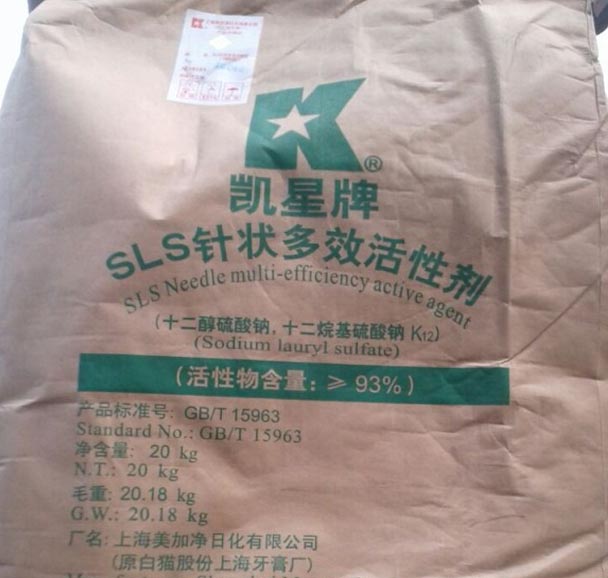
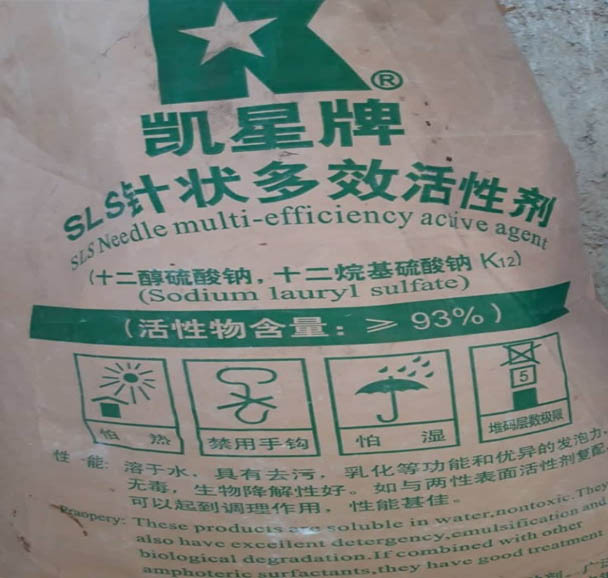
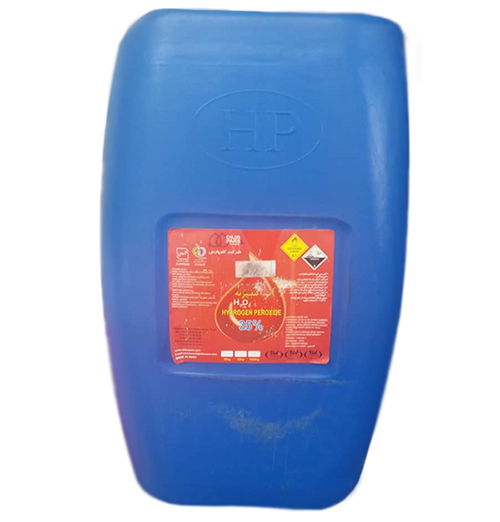
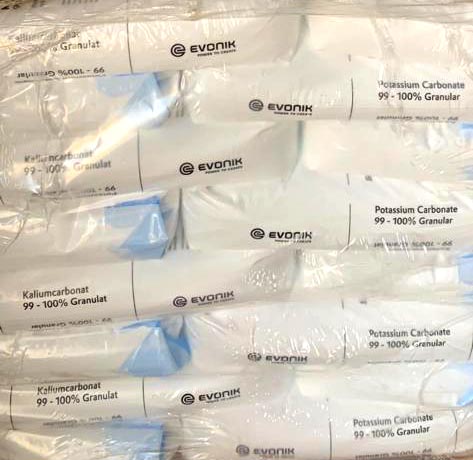
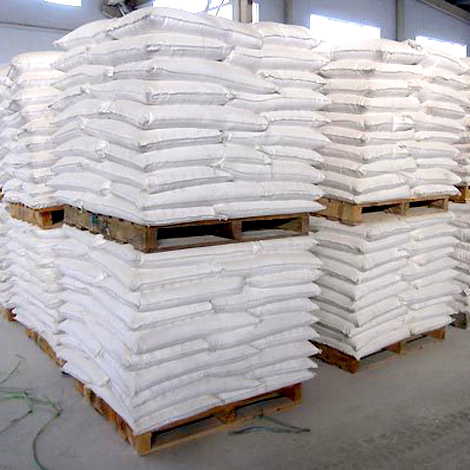



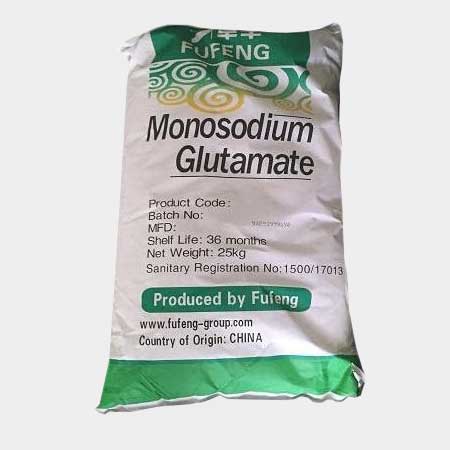
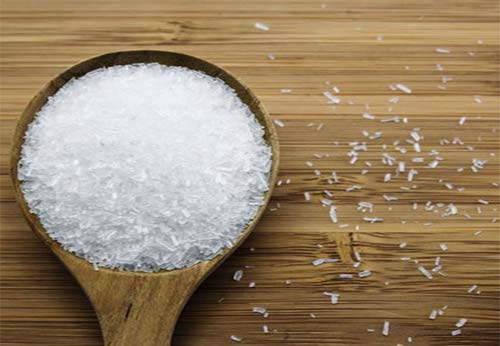

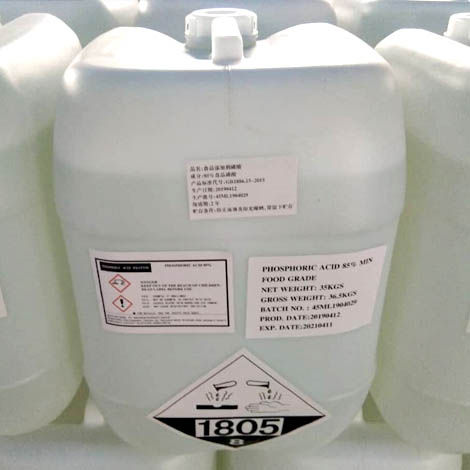
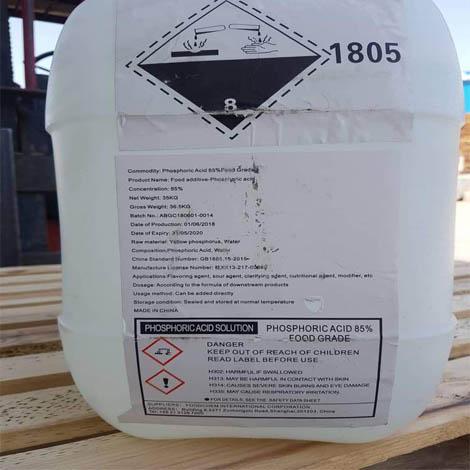



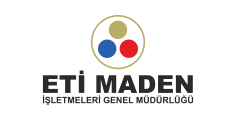
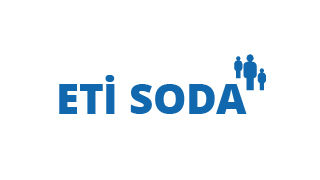
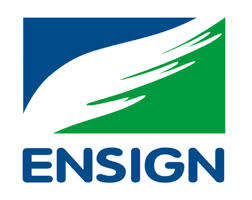


Reviews
There are no reviews yet.